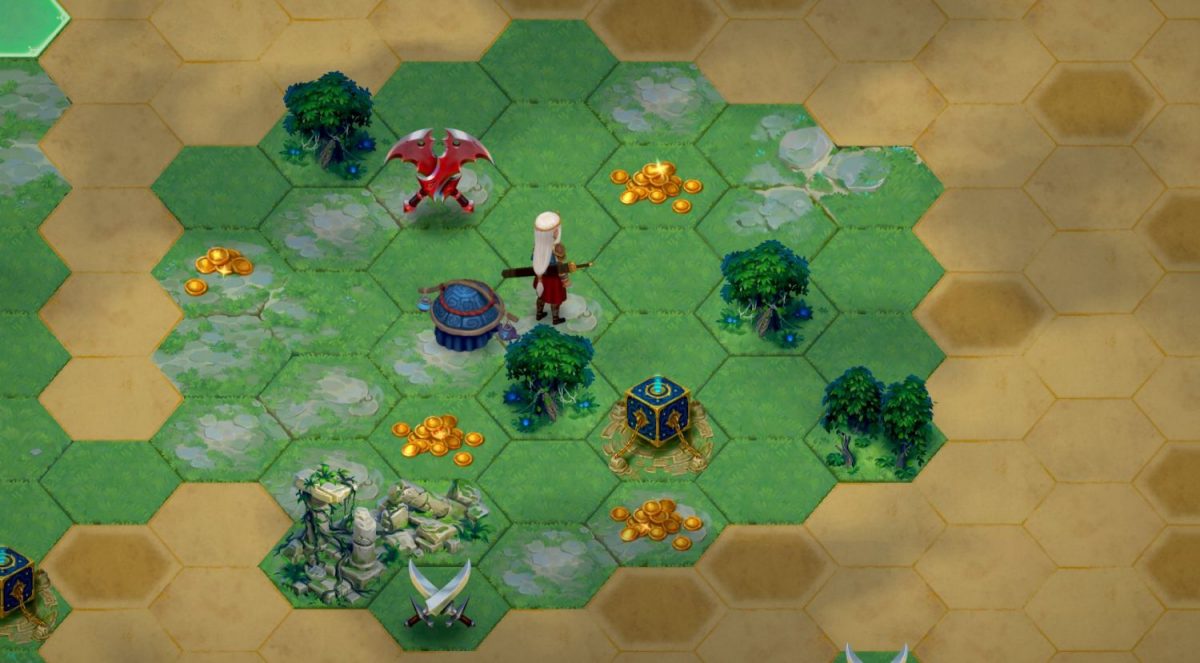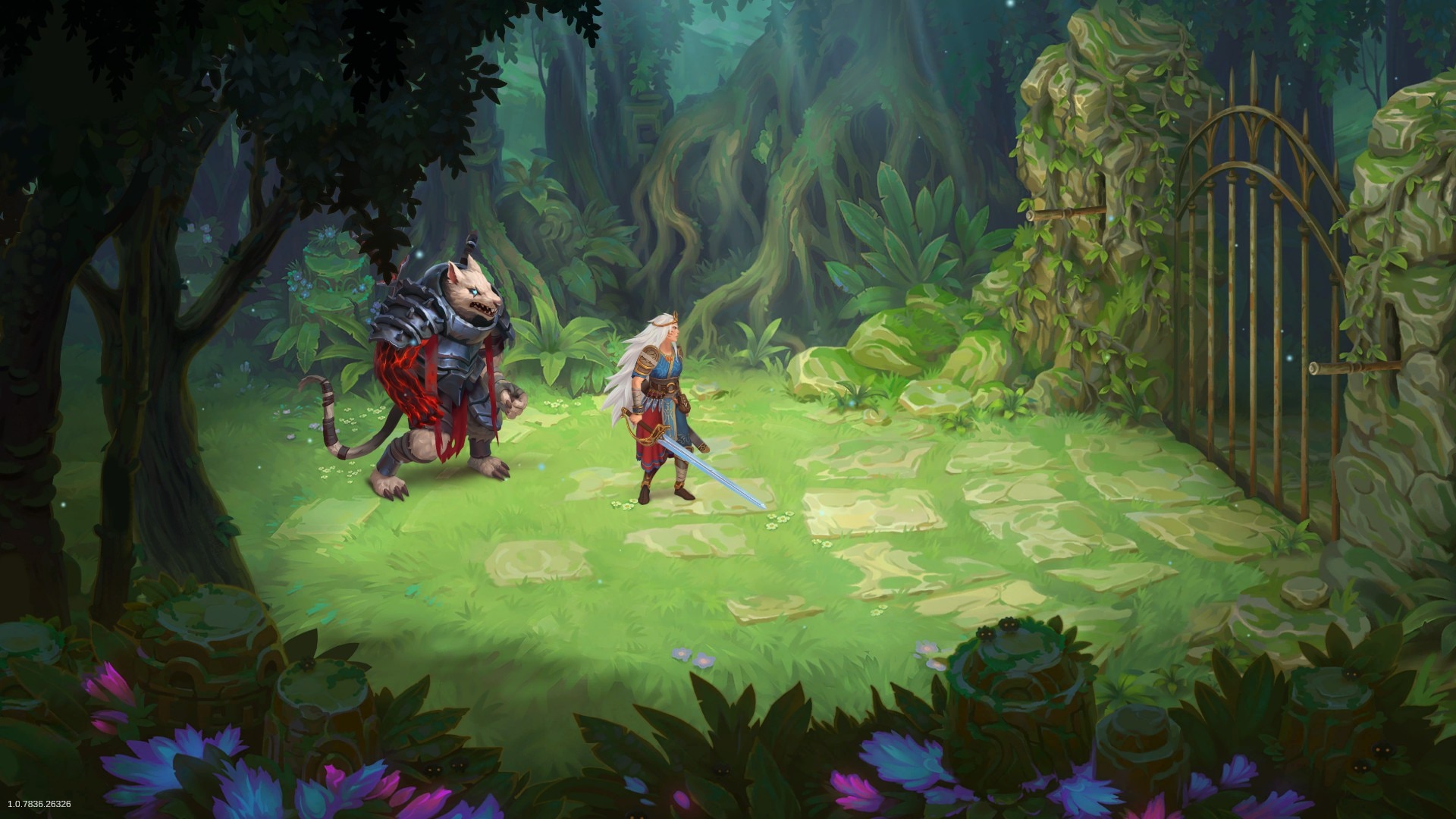
Using two out of four playable heroes, you create a combination of each hero’s cards to create your deck that determines certain aspects of their playstyle and the tactics you use. Combat revolves around using a deck of cards that each have different abilities.

So, pretty much what you would expect.īeyond the familiar aspects, Roguebook caught my attention with its multi-layered gameplay, offering a nice amount of choice and complexity. Familiar elements of the genre are all here, having you progress through multiple stages upgrading your heroes and progressing, only to eventually die and repeat the progress over and over again till you reach the end. But for my first venture into the deckbuilder roguelike, I was generally impressed with what Roguebook had to offer. Combat requires a good degree or strategyįor fans of this niche, my thoughts on gameplay might be the usual fare.

But maybe some more time in these areas could have gone a long way to making a more unique world than its buddies in the genre. That’s not to say every game needs to be genre-defying, completely unique in its style and story. It’s even more surprising when you add in that MTG creator Richard Garfield is involved with the project, which you would think would lead to a bit more pizzazz in the overall game. However, these all combine to make for a slightly generic fantasy world and roguelike that I feel like I’ve seen before. That said, Roguebook does boast some pretty impressive, though slightly derivative, visuals with characters, environments, cards, and levels being both vibrant and colourful that show great care and attention to detail. Instead, it just serves as a light backdrop to set the scene which frankly every other roguelike does. It does feel like a missed opportunity to give the game some more wow factor and stand out. Your heroes have been trapped inside the Roguebook with no knowledge of how it happened, and now they aim to discover why and escape. In terms of plot, that takes maybe five seconds. Upon starting the game, a quick cutscene sets the scene before dropping you in and introduces you to your guide Naddim who quickly gets you up to speed. Right off the bat, Roguebook made a good first impression on me and I was quite impressed with my first few hours.įirst off, Roguebook wastes no time getting you into the action. They usually give you a choice in exchange for an item but, and this is a random chance, one will make Aurora spawn on the map.As someone who hasn’t dived into the roguelike, deck-builder fad, I was eager to see what all the fuss was about. These are special story events that appear on the map.


When you are exploring the map, look for the scroll icons. I was on Chapter 2 of the Epilogue, after you’ve completed the game twice and have a new modifier unlocked, but I think he is available to unlock earlier. Unlocking Aurora is slightly more complicated as there’s a random element involved. If you want to unlock Seifer you need to defeat the boss at the end of Chapter One He can self heal by defeating enemies, sacrifice HP for additional damage, he’s a lot of fun. Once he reaches max rage level he transforms and his next special class card has additional effects. He utilizes a rage mechanic where rage builds up for each damage he takes. He has a unique combination of skills that allows him to focus on both offensive and defensive abilities. Seifer is easily my favorite character in the game and one of my favorites in the genre.


 0 kommentar(er)
0 kommentar(er)
